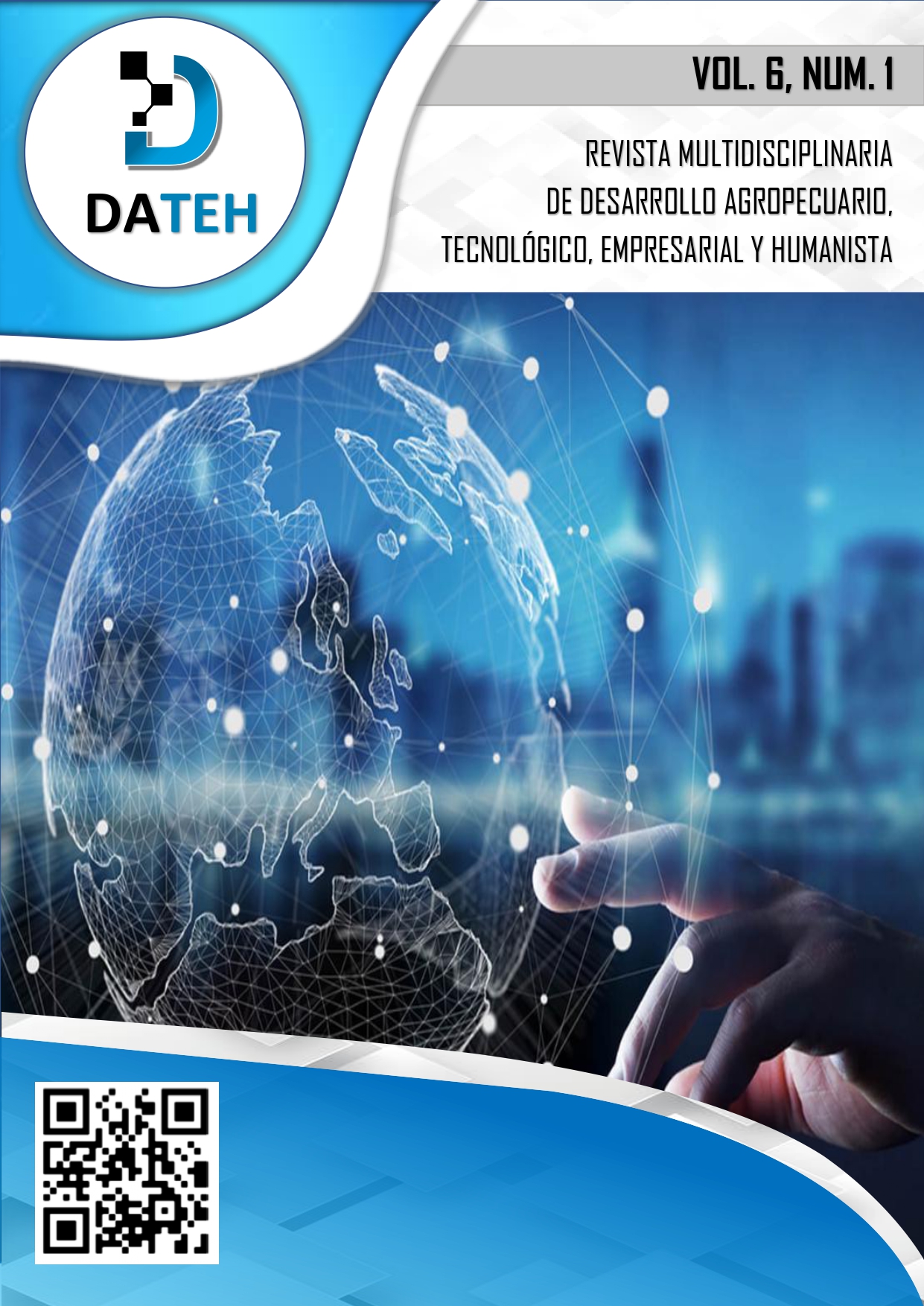La rivalidad geopolítica entre Estados Unidos y China, caso de estudio: América Latina
Resumen
El conflicto existente entre Estados Unidos y China ha sido tomado como modelo de las relaciones internacionales en los recientes años, dando forma a debates estratégicos y a las dinámicas políticas, militares y económicas reales, situación que se convierte, cada vez con mayor frecuencia, en el lente a través del cual otros actores ven y predicen acontecimientos importantes de la geopolítica mundial. La apertura económica de China propició un cambio en la dinámica del comercio internacional y sembró en los socios comerciales la incertidumbre sobre las ventajas y desventajas que genera en términos de alteraciones al comercio, siendo por esta una de las razones por la cual Estados Unidos etiquetó a China como un competidor estratégico, pasando las relaciones chino-estadounidenses de la cooperación a la confrontación. En América Latina, Estados Unidos y China son considerados los actores económicos externos más destacados de la región, debido a intereses y objetivos geopolíticos superpuestos, que giran en torno a aspectos de la competencia entre grandes potencias, tal como contrarrestar la influencia de sus rivales y proyectar poder en el área y, especialmente, intereses económicos variados. El presente estudio bibliográfico se preparó con el objetivo de analizar la rivalidad geopolítica entre Estados Unidos y China, desde una perspectiva del impacto que genera en Latinoamérica, causas, consecuencias y posibles escenarios a futuro de la región.
Descargas
Citas
Alasalmi, T. (2023). How China Changed U.S. Latin America Geostrategy? : Analytic Narrative of the U.S. Geoeconomic and Geopolitical Strategies in the 21st Century in Latin America and the Caribbean. https://trepo.tuni.fi/handle/10024/148556
Botto, M. (2017). La integración regional en América Latina: Quo Vadis?: El Mercosur desde una perspectiva sectorial y comparada. EUDEBA.
Chindea, I., Treyger, E., Cohen, R., Curriden, C., Klein, K., Sánchez, C., Gramkow, H., & Holynska, K. (2023). Great-Power Competition and Conflict in Latin America. RAND Corporation. https://doi.org/10.7249/RRA969-4
Chong, T., & Li, X. (2019). Understanding the China–US trade war: Causes, economic impact, and the worst-case scenario. Economic and Political Studies, 7, 1-18. https://doi.org/10.1080/20954816.2019.1595328
de Aragão, T. (2023). The Geopolitical Ripple: How China-US Tensions Reshape Business in Latin America. https://thediplomat.com/2023/12/the-geopolitical-ripple-how-china-us-tensions-reshape-business-in-latin-america/
Devia-Valbuena, N., & Mejía, A. (2023). How Should the U.S. Respond to China’s Influence in Latin America? United States Institute of Peace. https://www.usip.org/publications/2023/08/how-should-us-respond-chinas-influence-latin-america
Goodman, L. W., & Schneider, A. (2023). Conflict, Competition, or Collaboration? China and the United States in Latin America the Caribbean. En A. Schneider & A. G. Teixeira (Eds.), China, Latin America, and the Global Economy: Economic, Historical, and National Issues (pp. 163-185). Springer International Publishing. https://doi.org/10.1007/978-3-031-18026-2_8
Kapustina, L., Lipková, Ľ., Silin, Y., & Drevalev, A. (2020). US-China Trade War: Causes and Outcomes. SHS Web of Conferences, 73, 01012. https://doi.org/10.1051/shsconf/20207301012
Kitchenham, B., Pearl Brereton, O., Budgen, D., Turner, M., Bailey, J., & Linkman, S. (2009). Systematic literature reviews in software engineering – A systematic literature review. Information and Software Technology, 51(1), 7-15. https://doi.org/10.1016/j.infsof.2008.09.009
Kukharyk, V. (2020). The US-China Trade War: Causes, Timeline and Possible Scenarios. Boletín científico de la Universidad Nacional de Europa del Este Lesya Ukrainka. Serie: Relaciones internacionales, 2(406), 26-36.
Li, L., Wang, K., Chen, Z., & Koplan, J. P. (2021). US–China health exchange and collaboration following COVID-19. The Lancet, 397(10291), 2304-2308. https://doi.org/10.1016/S0140-6736(21)00734-0
Lippert, B., & Perthes, V. (Eds.). (2020). Strategic rivalry between United States and China: Causes, tragectories, and implications for Europe (Vol. 4/2020). Stiftung Wissenschaft und Politik -SWP- Deutsches Institut für Internationale Politik und Sicherheit. https://doi.org/10.18449/2020RP04
Long, T. (2015). Latin America Confronts the United States: Asymmetry and Influence. Cambridge University Press. https://doi.org/10.1017/CBO9781316343890
López-Peña, K. A., & Mora-Vega, R. (2019). La guerra comercial entre Estados Unidos y China: Un enfrentamiento más allá de los aranceles. InterSedes, XX(42), 238-247.
OTAN. (2019). London Declaration issued by NATO Heads of State and Government. NATO. https://www.nato.int/cps/en/natohq/official_texts_171584.htm
Palumbo, D., & da Costa, A. N. (2019, mayo 8). Trade war: US-China trade battle in charts. https://www.bbc.com/news/business-48196495
Shin, J. (2019). Destined for War: Can America and China Escape Thucydides’s Trap? Oasis, 31, Article 31. https://doi.org/10.18601/16577558.n31.15
Vargas-Alzate, L. F. (2019, octubre 10). Latin American Integration: The Dilemma. E-International Relations. https://www.e-ir.info/2019/10/10/latin-american-integration-the-dilemma/
Vreede, I. de, Erken, H., & Giesbergen, B. (2018). Re-assessing the US-China trade war. Rabobank. https://www.rabobank.com/knowledge/d011323166-re-assessing-the-us-china-trade-war
Wang, Y., & Tan, X. (2016). Sixty Years of China Foreign Affairs. Paths International Ltd.
Yakovlev, P. P., & Павлович, Я. П. (2019). USA and China in Latin America: Contours of Competition. Vestnik RUDN. International Relations, 19(1), Article 1. https://doi.org/10.22363/2313-0660-2019-19-1-47-58



